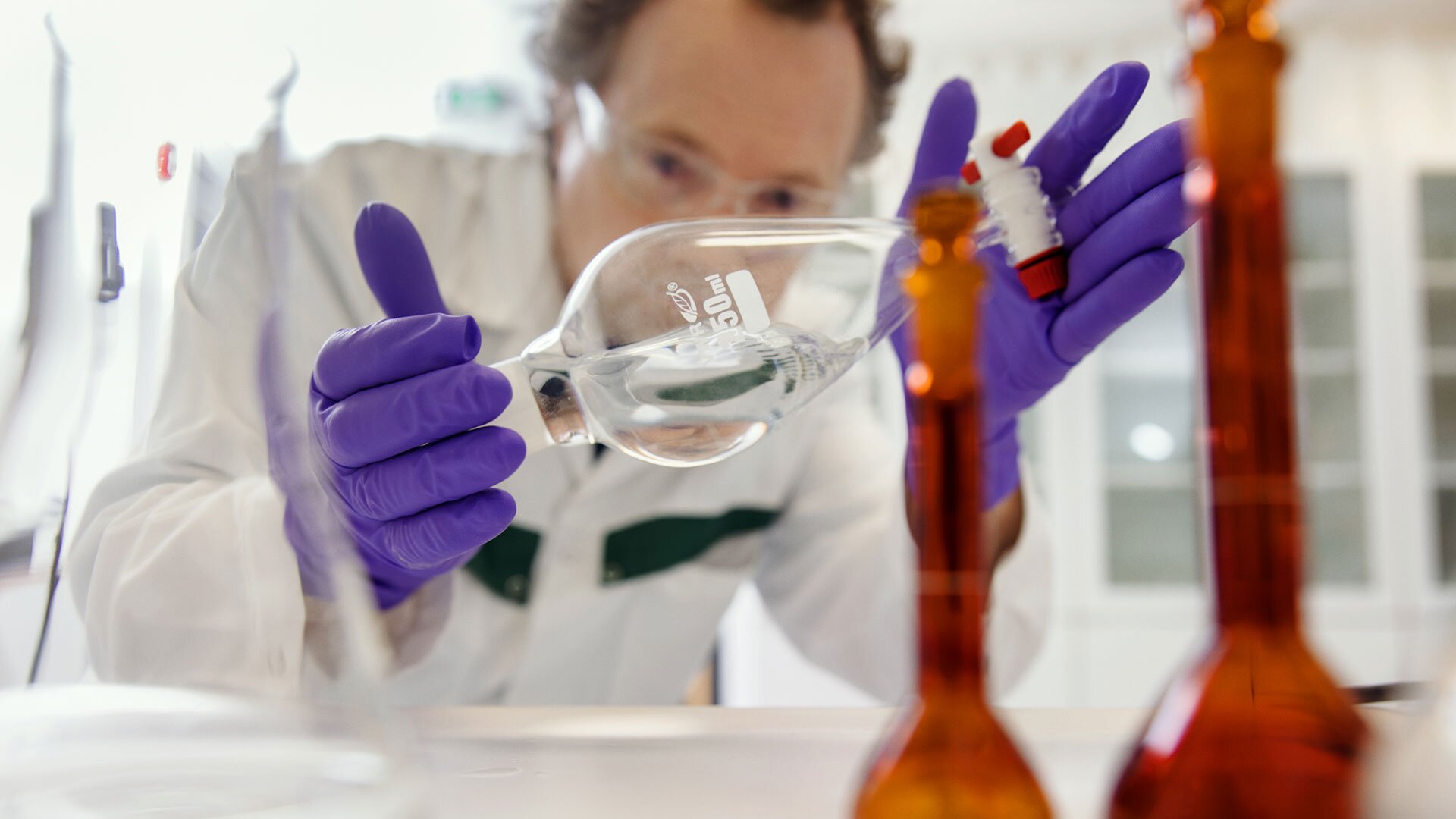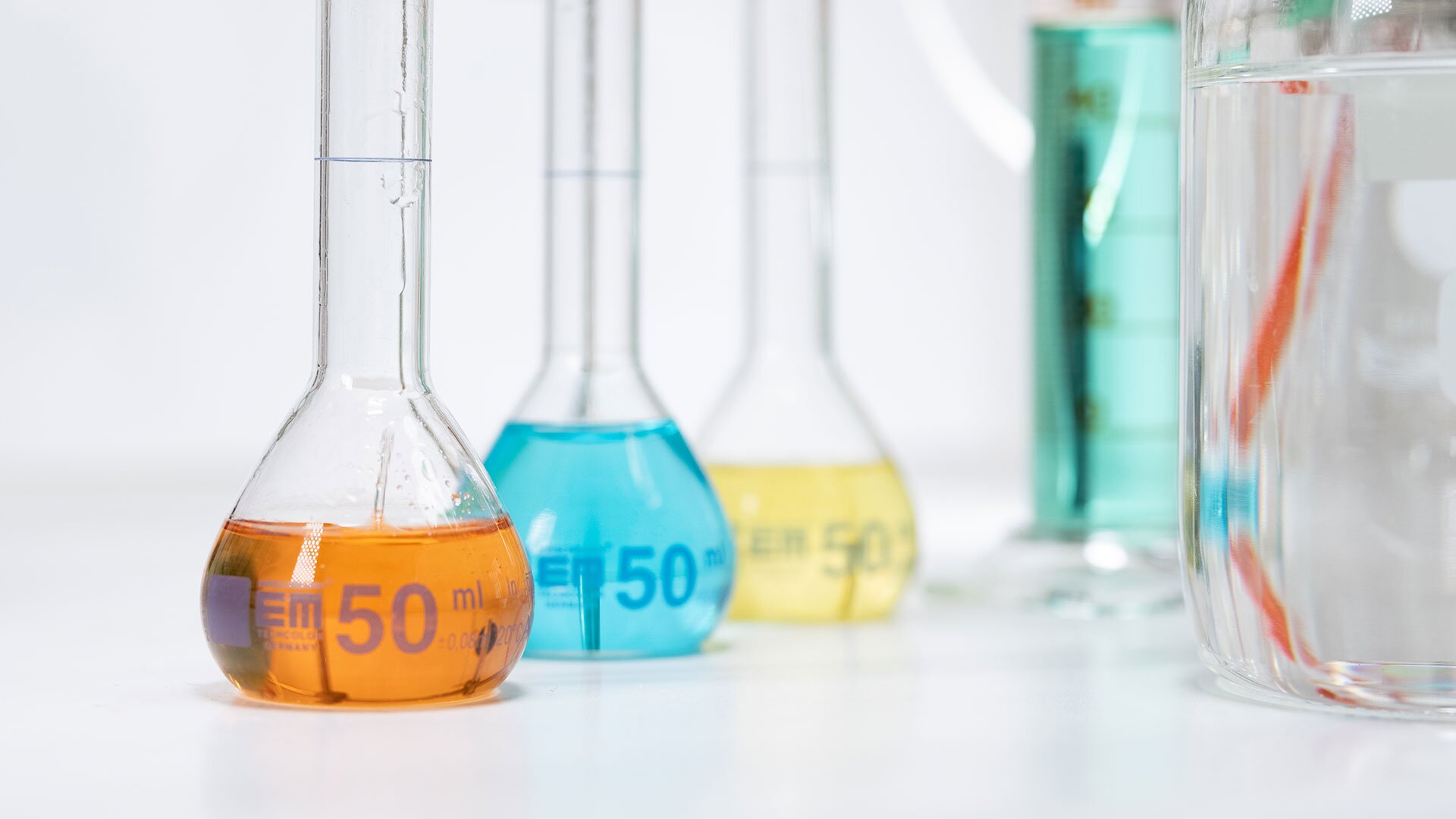Orion’s operations are guided by sustainable choices and practices. Its key mission is to build well-being and ensure patient safety. At the same time, the pharmaceutical company takes care of its employees and the environment. Its key principles are ethicality and transparency.
Reducing the carbon footprint is a concrete and measurable goal, towards which Orion has been working for years. The achievement of its previous target – a reduction of 75% by 2025 from 2016 – is progressing well.
“Because our work has been highly effective, we have set more ambitious goals. We keep learning all the time, so we can demand more from ourselves,” says Timo Lappalainen, President and CEO of Orion.
The new goal is carbon neutrality by 2030. “Based on our work in recent years, we are thoroughly familiar with the impacts of our operations on our carbon footprint. Energy consumption plays a major role in this respect. Of the energy we use, 45% is electricity, meaning that its production method has a considerable impact on the whole,” says Lappalainen.
Orion has a major investment in progress in Turku: a new district heating centre for its plant. Reducing environmental impacts is one of the key goals of the investment, which is part of Orion’s energy programme.
According to Lappalainen, the investment is a new type of experiment for the company. “Its impacts will become more clearly visible after a few years when we have experienced varied winter and summer conditions, for example. If the actual results are good, we can perhaps expand the concept to cover other locations.”
Extensive analysis as a starting point
In 2019, Orion conducted a life cycle assessment of the carbon footprint of its dry powder inhaler. Various environmental load factors were taken into account in the extensive assessment, from raw materials to the distribution and disposal of the final product, including packaging and package leaflets.
“This was an important first step for us. Conducting such an assessment is demanding, but the analysis showed that the impacts can be determined,” Lappalainen explains.
The life cycle assessment provided detailed information about how much carbon footprint is accumulated in the value chain of the product, and in which parts of the value chain the footprint is generated. “The information indicates how we can reduce impacts through our own action. It’s very difficult to change the processes related to an existing product in this industry, but we can have a greater impact on new products. Understanding the impacts of the entire value chain also supports us in better guiding the suppliers of raw materials, for example.”
The analysis of such data is important, as is the assessment of emissions from Orion’s supply chain. The environment, and thereby also matters related to climate, are part of the company’s supplier requirements, risk assessments and supplier management. Orion will increasingly invest in these aspects, because carbon neutrality throughout the value chain can only be achieved through cooperation.
Read more from the press release: Orion aims to achieve carbon neutrality by 2030 (HUOM! TÄSTÄ PUUTTUU VIELÄ LINKKI - TULEEKO KO. TIEDOTE UUDELLE SAITILLE?)











